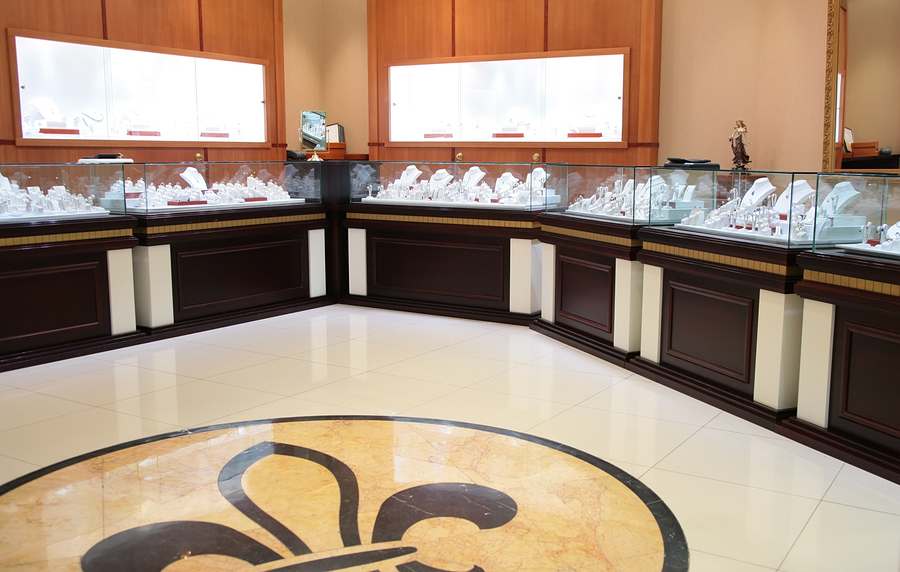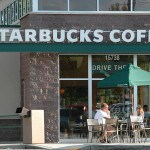Despite a decline in the number of jewelry store robberies and burglaries in 2014, dollar losses increased by more than $11M, according to John Kennedy, president of Jewelers Security Alliance (JSA).
Kennedy and Scott Guginsky, vice president of JSA, discussed jewelry crime loss statistics during a recent webinar presented by Jewelers Mutual Insurance Company.
In 2014, there were:
- 279 incidents of robbery costing $34,000,000.
- 244 incidents of burglaries costing $18,700,000. This was a decline from 2013. 157 of them were three minute burglaries where burglars smashed windows and doors and took property left out overnight. The average loss from three minute burglaries declined from $24,000 in 2013 to $17,000 in 2014. Smashed showcases, doors and windows, business interruption and bad publicity were not figured into this number.
- 36 rooftop burglaries in 2014, 13 of them occurred in Florida.
- 21 safes attacked in 2014 versus 19 in 2013.

Kennedy said that while jewelers often put away valuable items, the items considered less valuable do add up. As a result he said jewelers need to “put away all your goods at night.”
The most frequent points of entry was the front door (27 percent), followed by windows (19 percent). The roof was the third most frequent point of entry at 14 percent.
Losses from all crimes in 2014 totaled $77,800,000, considerably higher than 2013 ($66.5M) and 2012 ($60.2M). Despite this spike, Kennedy pointed out that the long term trend has been declining.
There was a dramatic increase (64.5 percent) in arrests by law enforcement in 2014, 694 arrests versus 422 in 2013. A few reasons for this is better sharing of information among law enforcement agencies as well as improved surveillance video footage.
According to Guginsky, there were 110 instances of smash and grabs in 2014, an increase of 77 percent over the 62 instances recorded in 2013. Two separate groups out of California and Detroit are responsible for the majority of these smash and grabs, the experts said. Locations for smash and grabs range from malls to department stores. Malls recorded the highest number of these incidents, likely due to multiple exits, crowds, and lack of in store security.
Violent robberies with use of a firearm declined almost 30 percent in 2014, Guginsky said. There were three homicides in 2014 with 21 incidents of shots fired.
The top five methods of thefts in 2014:
- Grab and run (337)
- Credit card and payment fraud (106)
- Distractions (101)
- Sneak theft (91)
- Switches (33)
Kennedy and Guginsky outlined the top 10 red flags to be on the lookout for:
- Is the person talking on a cell phone?
- Is the person wearing sunglasses?
- Is the person wearing a hat pulled low or a hoodie?
- Is the person wearing inappropriate clothing for the season?
- Are there three or more people entering store?
- Are large or bulky items placed on the showcase?
- Are they asking unusual questions about security, hours or schedules or examining cameras?
- Does the person ask to see the most expensive items in the store?
- Are hand signals being used to communicate with others?
- Are they walking around the store with hands in pockets to avoid touching anything and leaving fingerprints?
There were 58 off premise incidents in 2014 totaling $13,900,000 in losses. The presenters noted that 15 years ago the number of off premise incidents would have been around 325. The decline is primarily due to fewer traveling salesmen on the road.
Off premise crimes typically involved jewelers attending trade shows. Of these, robbery losses totaled $11.7M in 2014, burglary losses totaled $22k and theft losses totaled $2.2M.
The most frequent crime scenes, according to Guginsky, were highways and streets (21 percent), parking lots (16 percent), show-related (14 percent), residences (12 percent) and gas stations (5 percent).
California, New York, Florida and Nevada topped the list of states for off premise crimes.
Was this article valuable?
Here are more articles you may enjoy.


 FAA Must Do Better After Midair Collision, Acting Chief Says
FAA Must Do Better After Midair Collision, Acting Chief Says  Auto Insurer Fined for Data Breach That Impacted 45K New Yorkers
Auto Insurer Fined for Data Breach That Impacted 45K New Yorkers  California Man Wins $50M in Lawsuit Over Burns From Starbucks Tea
California Man Wins $50M in Lawsuit Over Burns From Starbucks Tea  Catastrophe Experts Tap AI to Tackle Soaring Insured Losses
Catastrophe Experts Tap AI to Tackle Soaring Insured Losses 